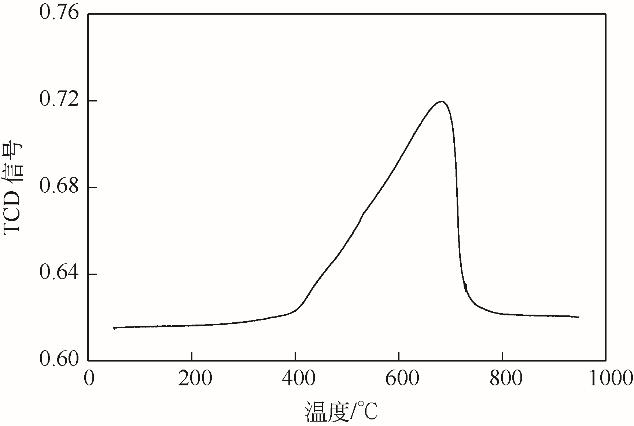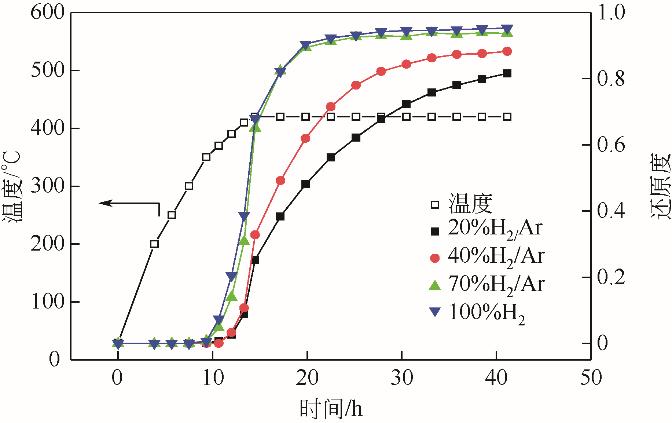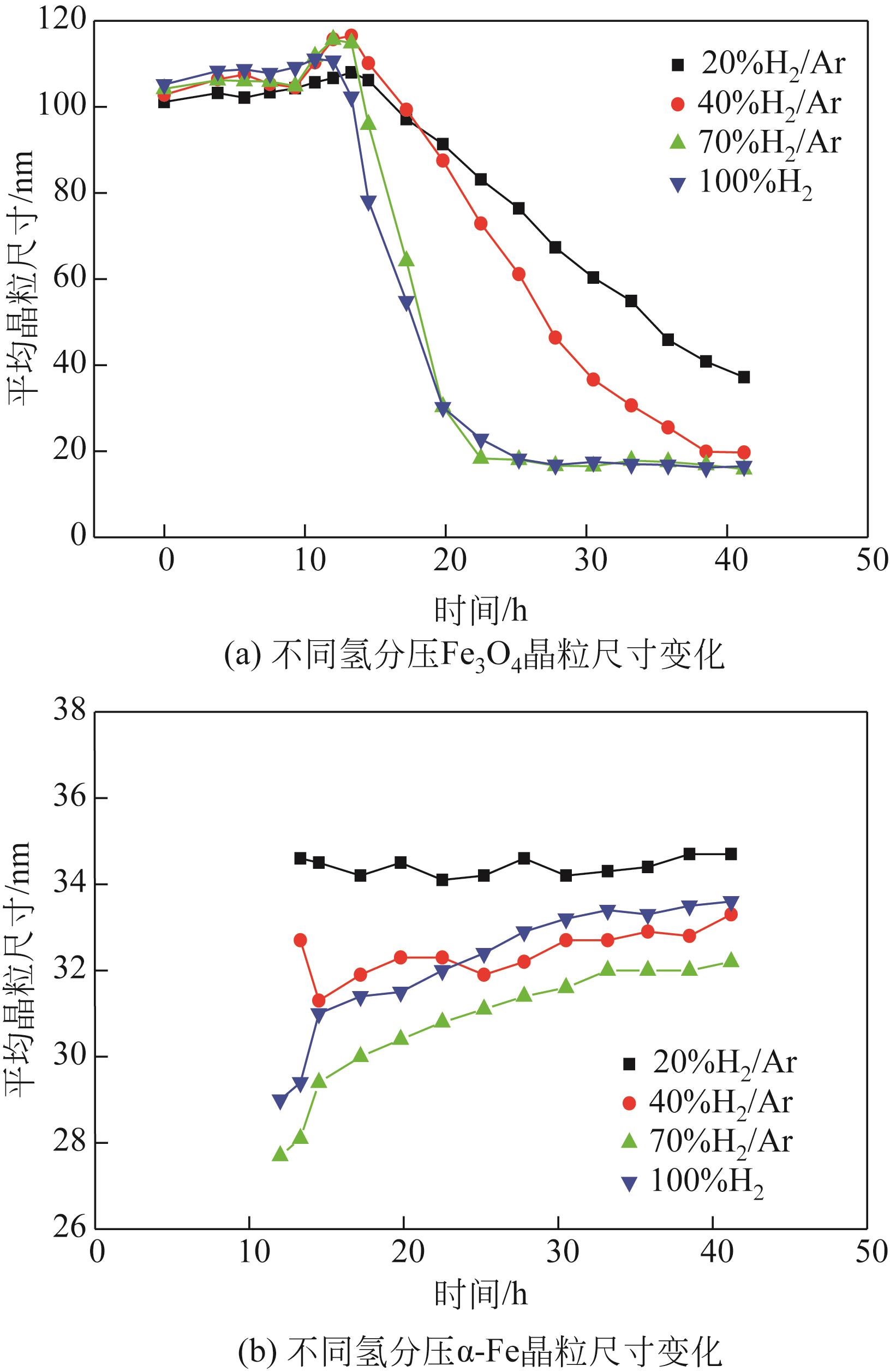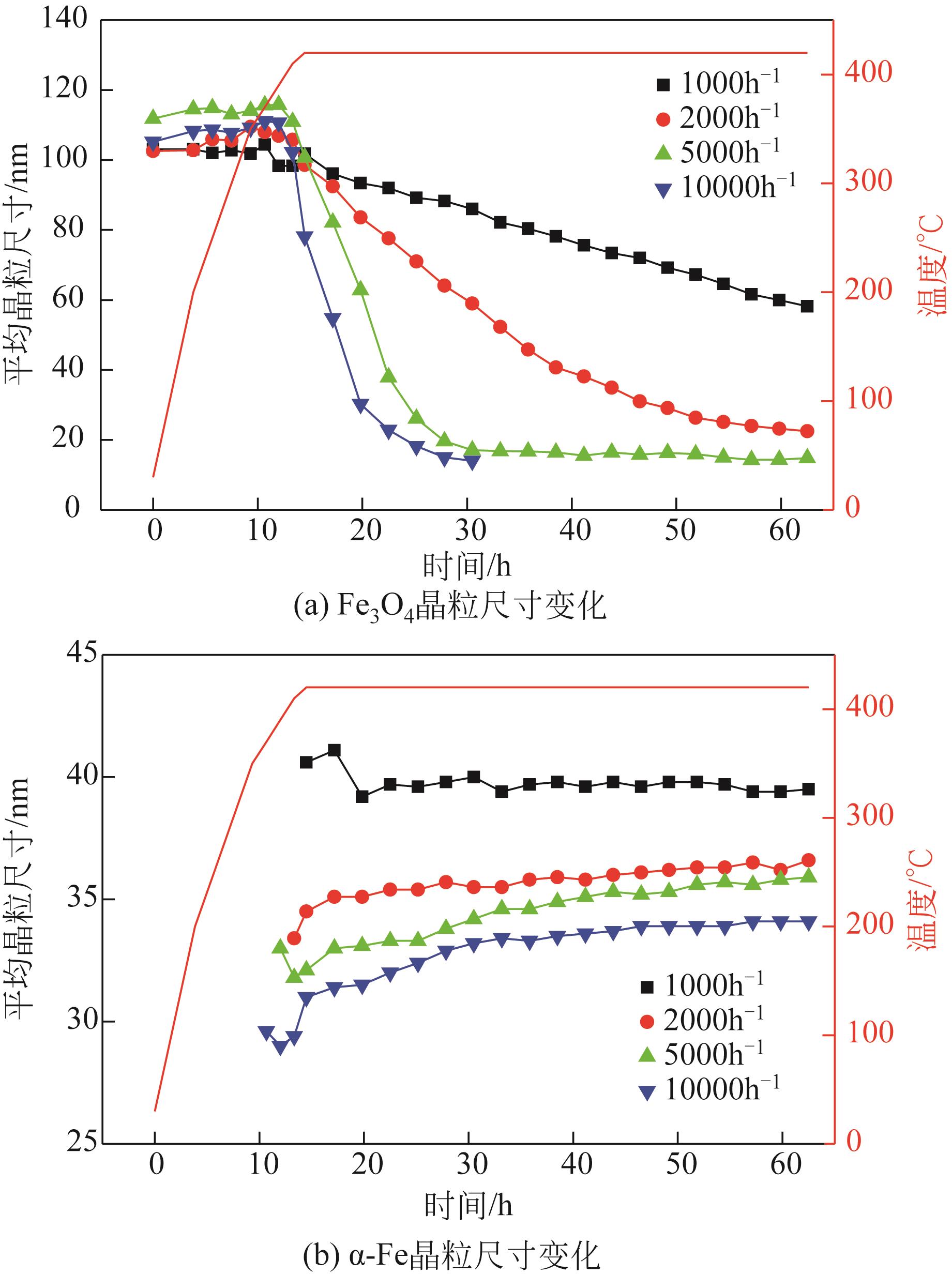| 1 |
WANG Peng, CHEN Wei, CHIANG Fukuo, et al. Synthesis of stable and low-CO2 selective ε-iron carbide Fischer-Tropsch catalysts[J]. Science Advances, 2018, 4(10).
|
| 2 |
DRY E M. The Fischer-Tropsch process: 1950—2000[J]. Catalysis Today, 2002, 71(3): 227-241.
|
| 3 |
DICTOR A R, BELL T A. Fischer-Tropsch synthesis over reduced and unreduced iron oxide catalysts[J]. Journal of Catalysis, 1986, 97(1): 121-136.
|
| 4 |
陈建刚, 相宏伟, 李永旺, 等. 费托法合成液体燃料关键技术研究进展[J]. 化工学报, 2003(4): 101-108.
|
|
CHEN Jiangang, XIANG Hongwei, LI Yongwang, et al. Advance in key techniques of Fischer-Tropsch synthesis for liquid fuel production[J]. CIESC Journal, 2003(4): 101-108.
|
| 5 |
韩小雪, 陈妍希, 赵俏, 等. 碳限域铁基费托合成催化剂研究进展[J].化工进展, 2021, 40(4): 1917-1927.
|
|
HAN Xiaoxue, CHEN Yanxi, ZHAO Qiao, et al. Advance in carbon-confined iron-based catalysts for Fischer-Tropsch catalysts[J]. Chemical Industry and engineering progress, 2021, 40(4): 1917-1927.
|
| 6 |
SANTOS P V, WEZENDONK A T, JAENJUAN J D, et al. Metal organic framework-mediated synthesis of highly active and stable Fischer-Tropsch catalysts[J]. Nature Communications, 2015, 6: 6451.
|
| 7 |
SMIT De E, WECKHUYSEN M B. The renaissance of iron-based Fischer-Tropsch synthesis: on the multifaceted catalyst deactivation behaviour[J]. Chemical Society Reviews, 2008, 37: 2758-2781.
|
| 8 |
NIELSEN R M, MOSS B A, BJORNLUND A S, et al. Reduction and carburization of iron oxides for Fischer-Tropsch synthesis[J]. Journal of Energy Chemistry, 2020, 51(12): 48-61.
|
| 9 |
刘化章. 氨合成催化剂: 实践与理论[M]. 北京: 化学工业出版社, 2007.
|
|
LIU Huazhang. Ammonia synthesis catalysts[M]. Beijing: Chemical Industry Press, 2007.
|
| 10 |
郑遗凡, 刘化章, 李小年. 熔铁催化剂还原过程的原位XRD研究及活性相的形成机理[J]. 高等学校化学学报, 2009, 30(6): 1177-1182.
|
|
ZHENG Yifan, LIU Huazhang, LI Xiaonian. In situ X-ray diffraction investigation on reduction process of ammonia-synthesis fused-iron catalysts and the formation mechanism of its active phase[J]. Chemical Journal of Chinese Universities, 2009, 30(6): 1177-1182.
|
| 11 |
杨霞珍, 张红, 霍超, 等. Fe-M(M=V、Cr、Mn)熔铁催化剂的费-托合成反应性能研究[J]. 高校化学工程学报, 2018, 32(6): 1359-1364.
|
|
YANG Xiazhen, ZHANG Hong, HUO Chao, et al. Application of fused iron catalysts Fe-M (M=V, Cr, Mn) in Fischer-Tropsch synthesis[J]. Journal of Chemical Engineering of Chinese Universities, 2018, 32(6): 1359-1364.
|
| 12 |
CHENG K, ORDOMSKY V V, VIRGINIE M, et al. Support effects in high temperature Fischer-Tropsch synthesis on iron catalysts[J]. Applied Catalysis A General, 2014, 488: 66-77.
|
| 13 |
ADELEKE A A, GNANAMANIM K. Alumina-supported iron catalyst-long-term study of the light product distribution in Fischer-Tropsch synthesis[J]. Materials Today Chemistry, 2021, 21: 100490.
|
| 14 |
ZHANG Juan, ABBAS Mohamed, CHEN Jiangang. The evolution of Fe phases of a fused iron catalyst during reduction and Fischer-Tropsch synthesis[J]. Catalysis Science & Technology, 2017, 7(16): 3626-3636.
|
| 15 |
刘化章, 李小年. 氨合成催化剂母体相组成对还原性能的影响[J]. 化工学报, 1997, 48(3): 354-362.
|
|
LIU Huazhang, LI Xiaonian. Effect of precursor phase composition of ammonia synthesis catalyst on reduction performance[J]. CIESC Journal, 1997, 48(3): 354-362.
|
| 16 |
LI Senzi, LI Anwu, KRISHNAMOORTHY Sundaram, et al. Effects of Zn, Cu, and K promoters on the structure and on the reduction, carburization, and catalytic behavior of iron-based Fischer-Tropsch synthesis catalysts[J]. Catalysis Letters, 2001, 77(4): 197-205.
|
| 17 |
HAO Qinglan, LIU Fuxia, WANG Hong, et al. Effect of reduction temperature on a spray-dried iron-based catalyst for slurry Fischer-Tropsch synthesis[J]. Journal of Molecular Catalysis A: Chemical, 2007, 261(1): 104-111.
|
| 18 |
SMIT De E, CINQUINI F, ANDREW M B, et al. Stability and reactivity of ε-χ-θ iron carbide catalyst phases in Fischer-Tropsch synthesis: controlling μ(C)[J]. Journal of the American Chemical Society, 2010, 132(42): 14928-14941.
|
| 19 |
龙永强, 刘平, 刘勇, 等. 相场法模拟球形和盘形第二相粒子对晶粒长大的影响[J]. 中国有色金属学报, 2009, 19(1): 84-89.
|
|
LONG Yongqiang, LIU Ping, LIU Yong, et al. Phase field modeling for effects of spherical and discal second-phase particles on grain growth[J]. Chinese Journal of Nonferrous Metals, 2009, 19(1): 84-89.
|
| 20 |
ZHU Wenhui, WINTERSTEIN P J, YANG D W, et al. In situ atomic-scale probing of the reduction dynamics of two-dimensional Fe2O3 nanostructures[J]. Acs Nano, 2017,11: 656-664.
|
| 21 |
KARIMI A, POUR A N, TORABI F, et al. Fischer-Tropsch synthesis over ruthenium-promoted Co/Al2O3 catalyst with different reduction procedures[J]. Journal of Natural Gas Chemistry, 2010, 19(5): 503-508.
|
| 22 |
STEEN V E, PRINSLOO F F. Comparison of preparation methods for carbon nanotubes supported iron Fischer-Tropsch catalysts[J]. Catalysis Today, 2002, 71(3-4): 327-334.
|
| 23 |
DICTOR A R, BELL T A. Studies of Fischer-Tropsch synthesis over a fused iron catalyst[J]. Applied Catalysis, 1986, 20(1-2): 145-162.
|
| 24 |
李小年, 傅冠平, 刘化章. 助催化剂对Fe1- x O基氨合成催化剂活性的影响[J]. 催化学报, 1998, 19(1): 24-28.
|
|
LI Xiaonian, FU Guanping, LIU Huazhang, et al. The effect of promoters on reduction performance of Fe1- x O based ammonia synthesis catalyst[J]. Chinese Journal of Catalysis, 1998, 19(1): 24-28.
|
| 25 |
ZHANG Juan, SUN Taomei, DING Jian, et al. Influences of melting method on fused iron catalysts for Fischer-Tropsch synthesis[J]. RSC Advances, 2016, 6(65): 1-16.
|
| 26 |
DUAN Xuezhi, WANG Di, QIAN Gang, et al. Fabrication of K-promoted iron/carbon nanotubes composite catalysts for the Fischer-Tropsch synthesis of lower olefins[J]. Journal of Energy Chemistry, 2016, 25(2): 311-317.
|
 ), 王涛, 张雪冰, 孟祥堃, 吕毅军, 门卓武(
), 王涛, 张雪冰, 孟祥堃, 吕毅军, 门卓武( )
)
 ), WANG Tao, ZHANG Xuebing, MENG Xiangkun, LYU Yijun, MEN Zhuowu(
), WANG Tao, ZHANG Xuebing, MENG Xiangkun, LYU Yijun, MEN Zhuowu( )
)








